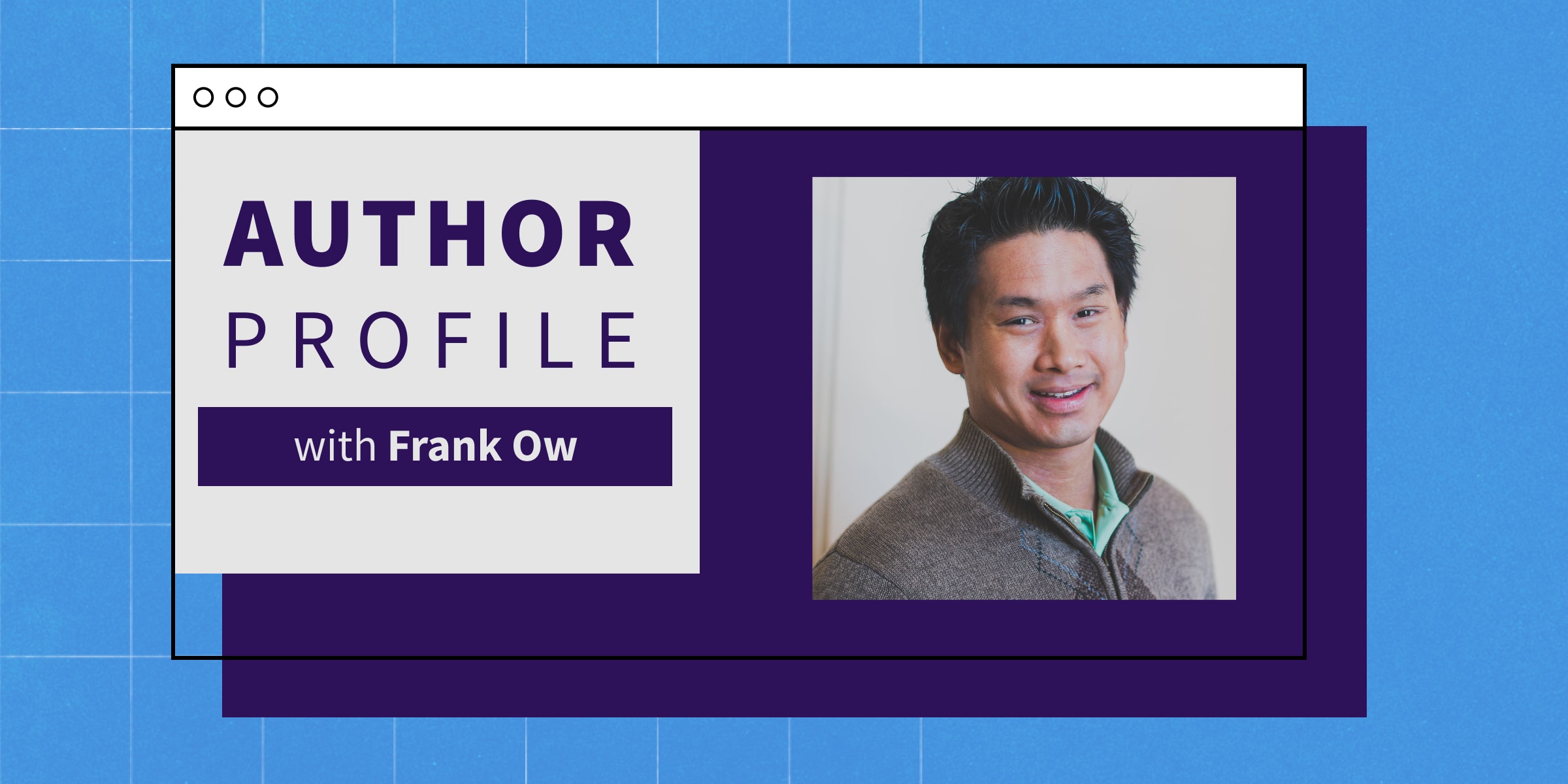Franklin Ow’s mission is to make chemistry more appealing to students. Ow has been a professor in the Department of Chemistry at East Los Angeles College since 2007, plus he serves as an Adjunct Professor at UCLA. If professors are the most important factor in the student experience, Ow decided to harness that power to improve their learning. He knew that the financial strain of chemistry labs, textbooks and manuals took a toll on students. Add to it Ow’s concern about his students’ lack of confidence, and he decided to author his own digital textbook with Top Hat: General Chemistry.
We sat down with Ow to better understand why digital—over print—is a more effective way of teaching general chemistry, and how an interactive textbook can mitigate the financial and comprehension challenges students once faced.
There’s a more active and cost-effective way to teach general chemistry. Learn more here.
Giving students confidence in their learning is essential to keeping them motivated
Student perceptions of chemistry vary greatly. Some learners have had exceptional experiences with chemistry in high school, while others have struggled. Depending on your connection with students, some learners might not feel comfortable reaching out for help. Ow aims to level the playing field for all students, no matter what their prior experiences with chemistry look like. “I think students feel intimidated by comparing themselves with others,” Ow says. “I really try to get them over that hurdle and make them feel like they can fit in. That’s what drives me in my profession every day.” By authoring his own digital text, Ow has made great strides in prioritizing student equity. He’s reduced costs and is giving learners ample opportunities to test their understanding of chemistry in advance of tests or exams.
Saving students money while doubling down on impact keeps course enrollment numbers up
Lab manuals, textbooks and supplementary material costs can quickly pile up. For students learning during a pandemic, the last thing they want to do is pay for unnecessary supplies or a book where only six to seven of the ten chapters will be assigned. “If a student is going to fork over money for a book, it should be to their advantage. I want to make chemistry accessible to them financially,” Ow says.
Ow deliberately turned to a digital textbook solution that would allow students to skip buying both a text and the book’s solution manual—often sold separately. “A student’s wallet should not be a hindrance to their ability to succeed in class,” he says. By writing his own digital book, Ow aims to serve up course content, discussions and practice questions in one place—plus provide students with instant access to solutions. Students can read multimedia-rich chapters at their own pace and then rely on immersive question types like click-on-target to gauge their own understanding of concepts.
Testing students through regular checkpoints helps them become active learners
It’s not enough to passively read a textbook. Students must apply what they’ve read through questions, discussions or polls to showcase their understanding. Traditional textbooks often reserve the end of each chapter for comprehension checks. But in Ow’s textbook, each chapter is interspersed with 50-70 practice questions, meaning students have plenty of opportunities to build upon their confidence in a particular unit of study. “Chemistry is a problem-solving based class. We incorporate a step-by-step problem-solving approach in the chapters, which students find to be incredibly effective,” Ow shares.
Regular checkpoints will translate into increased confidence in chemistry topics over time—one of Ow’s goals as a chemistry educator. Instant feedback on correctness also lets students refresh themselves on certain pieces of information before proceeding. “A digital book makes the most passive readers engaged and active. Embedded questions are designed such that they’re almost gatekeepers and students shouldn’t read on until they fully answer and comprehend questions,” Ow tells us.
Using an interactive textbook makes subject matter more approachable
General Chemistry offers chapter summaries, interactive problem-solving exercises and multimedia to engage Generation Z learners—even those who lack confidence in chemistry. Not all instructors have used, or are considering using, a digital textbook in their courses. But Ow believes that this is a more user-friendly, comprehensive mechanism to learn chemistry—one that will allow students to thrive in and out of class. “Generally, the way chemistry is presented is where the difference can come into play. I think the book is excellent for instructors in terms of flexibility and ease of use,” he shares. “When you have the relatively lower costs, in addition to the efficacy that Top Hat has shown for students, it’s definitely a win-win situation.”
Make sure your general chemistry students are engaged, active and confident—in and out of class. Learn how Franklin Ow’s General Chemistry can help.


